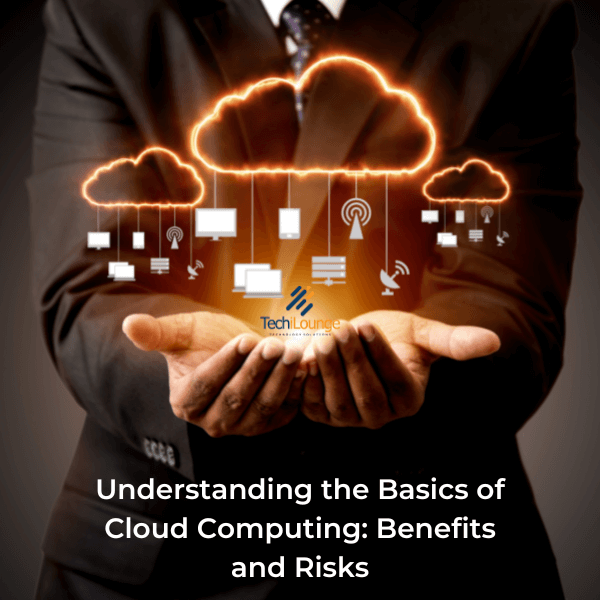Cloud computing is a technology that has revolutionized the way we store, access and share data. It has become increasingly popular in recent years due to its scalability, flexibility, and cost-effectiveness. In this blog, we will explore the basics of cloud computing, its benefits, and risks.
What is Cloud Computing? Cloud computing is the delivery of computing resources, including servers, storage, databases, networking, software, analytics, and intelligence, over the internet (“the cloud”). This technology allows businesses and individuals to access and use resources on-demand, without the need for expensive hardware and software.
Cloud computing is categorized into three main models:
- Infrastructure as a Service (IaaS): Provides access to virtualized computing resources such as servers, storage, and networking.
- Platform as a Service (PaaS): Offers a platform for developers to build, deploy, and manage their applications without worrying about the underlying infrastructure.
- Software as a Service (SaaS): Provides access to software applications that are hosted by a third-party provider and delivered over the internet.
Benefits of Cloud Computing:
- Scalability: Cloud computing allows businesses to scale their computing resources up or down as per their needs. This helps businesses to handle sudden spikes in traffic, which would have been difficult with traditional computing models.
- Cost-effective: Cloud computing eliminates the need for expensive hardware and software, reducing capital expenses. It also offers a pay-per-use model, allowing businesses to pay only for what they use.
- Flexibility: Cloud computing allows businesses to access their resources from anywhere, at any time. This enables remote work and collaboration, making it easier for teams to work together on projects.
- Disaster Recovery: Cloud computing offers robust disaster recovery capabilities. Data is stored across multiple servers and locations, ensuring that it is always available, even in the event of a disaster.
Risks of Cloud Computing:
- Security: Cloud computing poses security risks as data is stored on servers owned by a third-party provider. The provider is responsible for securing the infrastructure, but the business is responsible for securing its data and applications.
- Data Privacy: Cloud computing raises concerns about data privacy, as data is stored on servers that are accessed by third-party providers. It is essential to ensure that the provider has robust data privacy policies and complies with data privacy regulations.
- Dependency: Cloud computing makes businesses dependent on the provider for their computing resources. If the provider experiences downtime or goes out of business, the business may face disruptions.
- Data Loss: Cloud computing poses a risk of data loss due to hardware failures, software glitches, and cyber-attacks. It is crucial to have a robust data backup and recovery plan in place.
Conclusion: Cloud computing has become an integral part of modern business operations, providing businesses with scalability, flexibility, and cost-effectiveness. While it offers many benefits, it also poses risks that must be managed effectively. By understanding the basics of cloud computing, businesses can make informed decisions about how to leverage this technology to drive their success.

